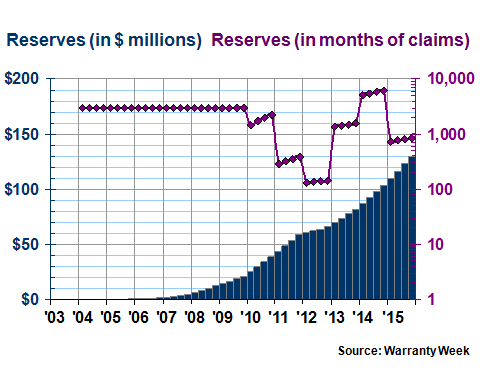Is Weather Becoming More Extreme? Let's look at the data...
/There’s been a lot of talk on various media outlets about “extreme” weather events, their ferocity and frequency, and how this is the “new normal”. And of course these days you can’t talk about weather without also talking about climate change. Regardless of whether you’re a believer or skeptic, I wanted to see what the data has to say regarding extreme weather: on average, is our (national) weather becoming more extreme, less, or about the same as it was?
Fortunately, our government has a comprehensive website detailing extreme weather events dating back to 1910. The National Oceanic and Atmospheric Administration (NOAA) publishes all sorts of great data on weather events via the National Center for Environmental Information (formerly the National Climatic Data Center).
Courtesy of the NOAA
In the graph above, the data compiled for each year (red columns) is “based on an aggregate set of conventional climate extreme indicators which include monthly maximum and minimum temperature, daily precipitation, monthly Palmer Drought Severity Index (PDSI), and landfalling tropical storm and hurricane wind velocity.” Additional background information on their methodology and data can be found here.
If we follow the 9-pt binomial filter (a recognized statistical smoothing technique), it’s apparent that extreme weather events have increased steadily since 1970 and have peaked in the last 10 years. We also notice that extreme weather events between 1910 and 1970 gradually decreased 5-8% points. For this post we’re not examining the root cause, only resultant data, so how or why the events trend downward then shoot up is for another time. In any case, there is a clear spike in events starting in the mid-1990s.
So why does this matter? Increasing extreme weather events matter for various reasons, the most obvious of which is the cost to rebuild/reconstruct, a majority of which is paid by taxpayers and via insurance premiums (the greater the risk, the more we all pay). Other consequences are the loss of economic activity when priorities are shifted to reconstruction, the costs to reinforce existing infrastructure in preparation for future events, and an increase in uncertainty for strategic planners who rely on steady data to manage risk.
Oh, and if you were curious how much these extreme events were costing us, the NOAA was kind enough to graph that as well. 2011, 2017, and 2016 were the most expensive years ever recorded, with 2018 already exceeding the fourth largest with three months left to go…
Courtesy of NOAA





